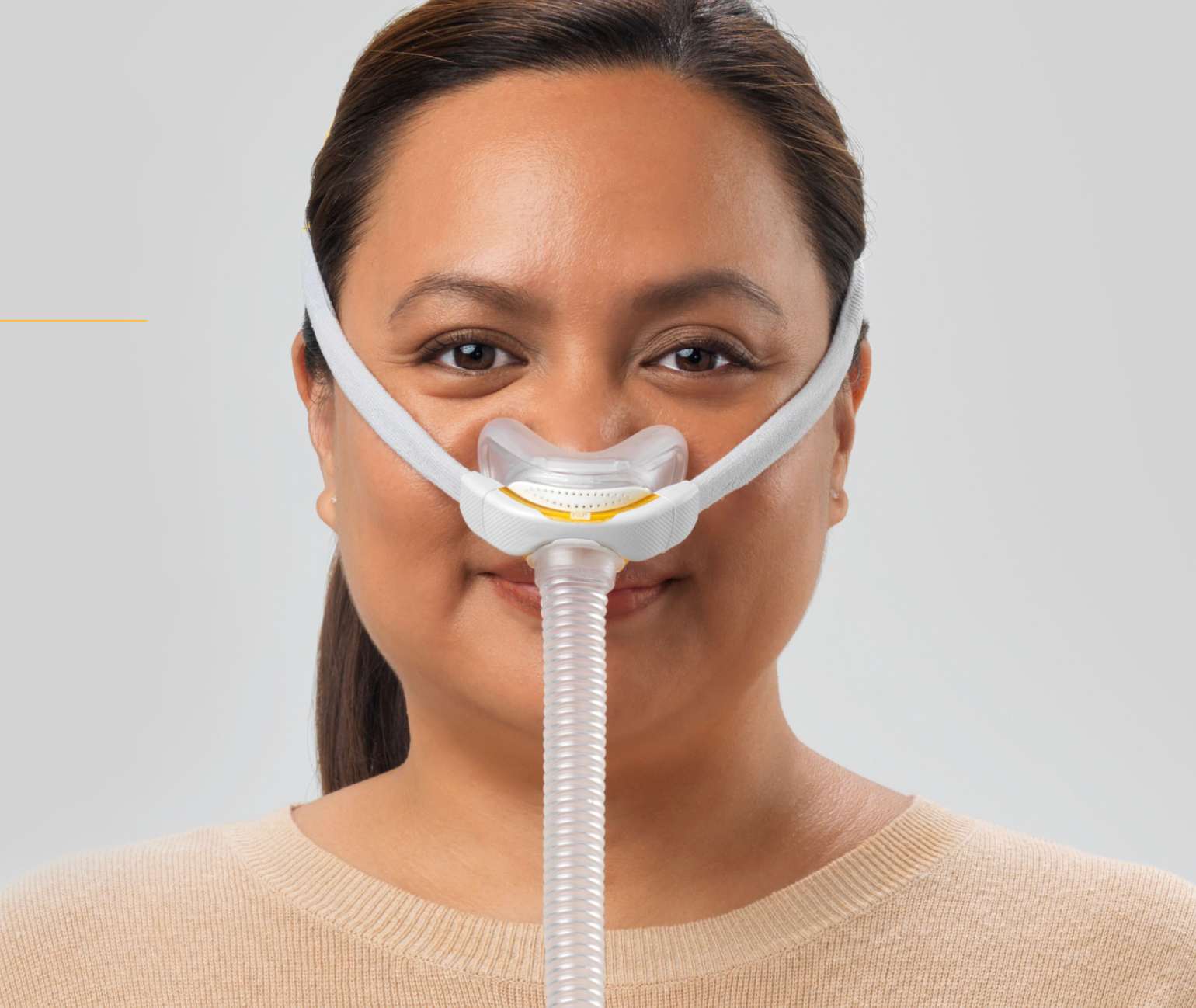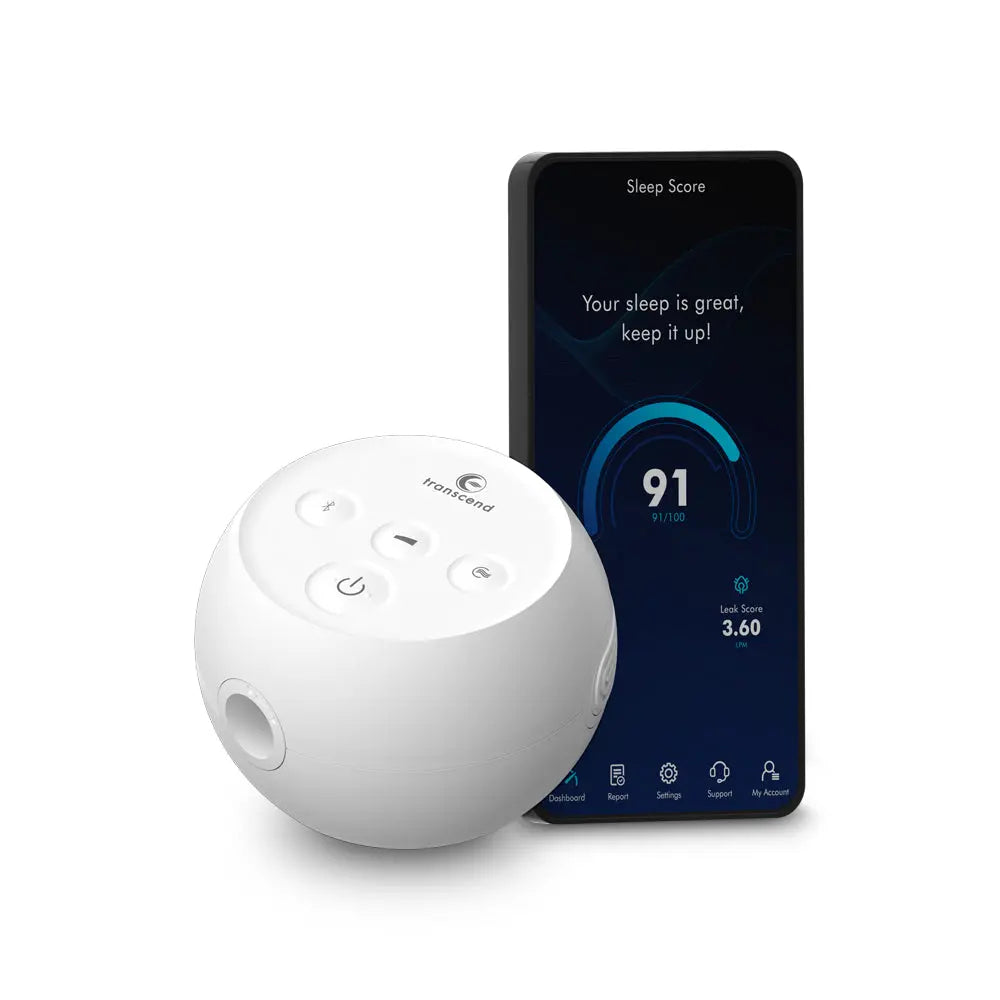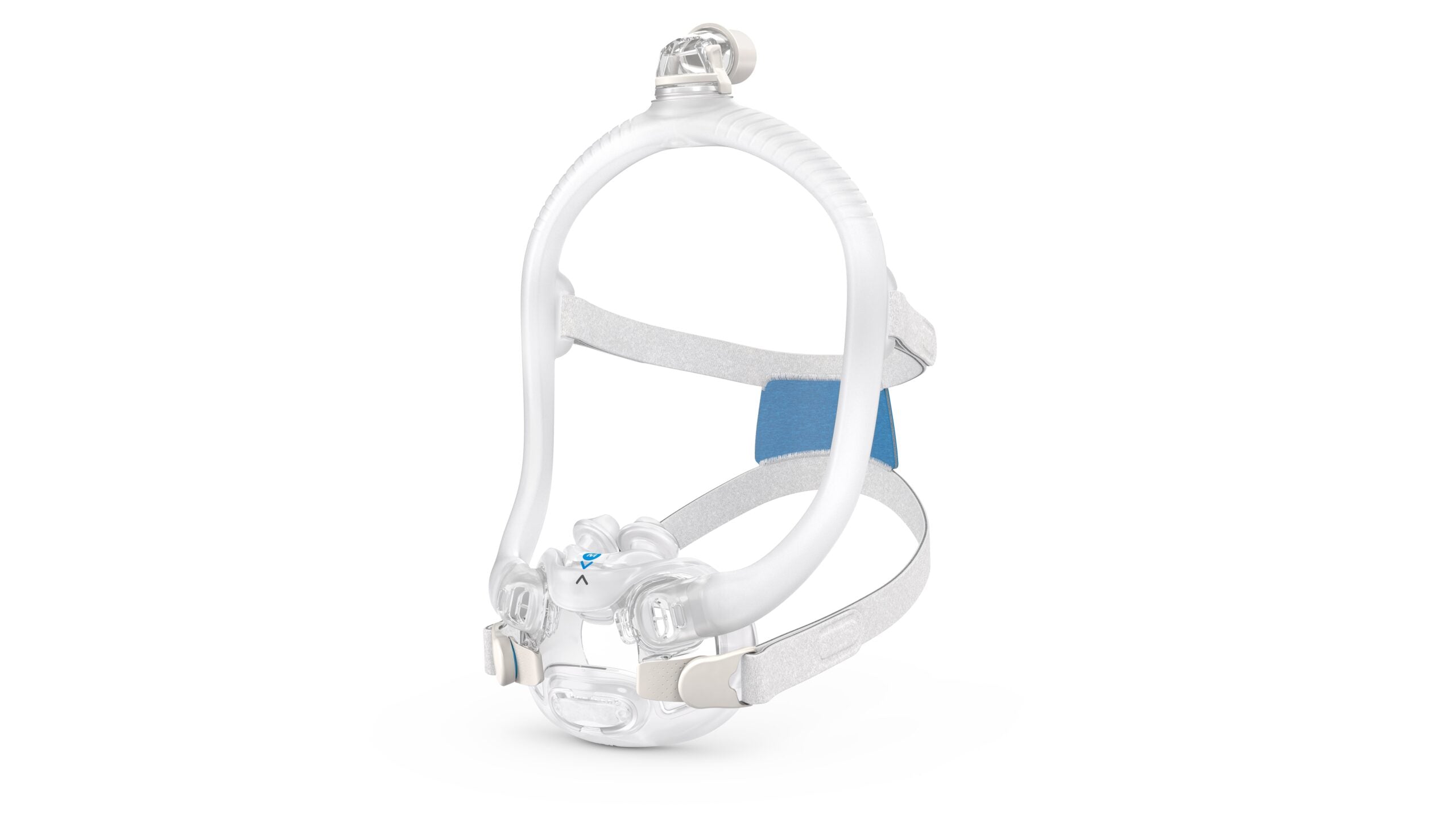The 10-3-2-1-0 Sleep Rule: Your Blueprint for Better Rest
Title: The 10-3-2-1-0 Sleep Rule: Your Blueprint for Better Rest
Introduction
Sleep is a cornerstone of good health. It influences everything from mood and memory to physical recovery and immune function. Yet, getting high-quality sleep has become increasingly challenging in our always-on, hyperconnected world. That’s where the 10-3-2-1-0 sleep rule comes in—a simple, memorable set of guidelines you can follow to ensure a more peaceful and restorative night’s rest.
What Is the 10-3-2-1-0 Rule?
-
10 Hours Before Bed: No More Caffeine
- Caffeine can linger in your bloodstream for up to 10 hours, so try to avoid coffee, tea, energy drinks, and chocolate during this window. This limit helps your body wind down naturally by bedtime.
-
3 Hours Before Bed: No More Big Meals or Alcohol
- Large meals close to bedtime can lead to discomfort, acid reflux, and restless sleep. Meanwhile, alcohol may help you relax initially but disrupts the deeper stages of sleep later in the night.
-
2 Hours Before Bed: No More Work
- Whether you’re replying to emails or finishing a project, mental stimulation keeps your mind active and can lead to difficulty transitioning to a relaxed, sleep-friendly state.
-
1 Hour Before Bed: No More Screens
- Blue light from smartphones, tablets, TVs, and computers suppresses melatonin, the hormone that regulates sleep. Turning off or dimming screens an hour before bed helps your body settle into a natural sleep rhythm.
-
0: The Number of Times You Hit Snooze
- Constantly hitting the snooze button interrupts your final stage of restorative sleep. Set an alarm for the time you truly need to wake up, and resist the urge to doze off again.
Why This Rule Works
- Caffeine Management: Caffeine’s half-life can be up to six hours (sometimes more), meaning it remains in your system for an extended period. Limiting caffeine intake 10 hours before bedtime ensures it won’t interfere with your sleep onset or sleep quality.
- Better Digestion and Hormonal Regulation: Heavy meals or alcohol before bed can disrupt your metabolism, digestion, and production of sleep hormones like melatonin.
- Reduced Mental Overstimulation: Setting a cutoff for work or stressful activities helps the brain transition into a relaxed state, reducing nighttime stress and anxiety.
- Controlled Exposure to Blue Light: Research shows that even low levels of blue light can delay melatonin production. Turning off screens ensures your pineal gland can release melatonin effectively.
- Improved Sleep Efficiency: Waking up promptly (without hitting snooze) helps you maintain a consistent sleep schedule, which in turn supports your internal body clock—or circadian rhythm.
Tips for Success
-
Plan Your Caffeine Intake
- If you’re a coffee lover, consider switching to decaf by mid-afternoon or opting for herbal teas in the evening.
-
Make an Evening Wind-Down Schedule
- Use a phone alarm or reminder to signal your “tech-free” hour. Fill that hour with calming activities such as reading a book (in soft light), listening to relaxing music, or taking a warm bath.
-
Set Boundaries for Work
- If possible, keep your workspace separate from your relaxing spaces. This boundary trains your mind to associate your bedroom with rest rather than work or stress.
-
Create a Conducive Sleeping Environment
- Keep your room dark, quiet, and cool (around 60–67°F or 15–19°C). Use blackout curtains or a sleep mask if needed, and consider white noise or earplugs to block out disturbances.
-
Stay Consistent
- Consistency helps your body’s internal clock regulate itself. Try to go to bed and wake up at the same time, even on weekends.
Common Pitfalls and How to Avoid Them
- Late-Night Snacking: If you’re truly hungry, choose a light, sleep-supportive snack like warm milk or a small piece of fruit.
- Unexpected Screen Time: If you must use a device, switch it to night mode or use blue-light-filtering glasses to minimize melatonin disruption.
- Stress and Anxiety: Incorporate mindfulness techniques like journaling or gentle stretching to help your mind transition from daytime stress to a calm, restful state.
Conclusion
Adopting the 10-3-2-1-0 rule can be a game-changer for your sleep quality. By making mindful choices around caffeine, meals, work, and screen use, you effectively prime your mind and body for deep, restorative sleep. With consistency, you’ll wake up feeling refreshed, energized, and ready to take on the day—no snooze button required.
Bibliography
- Brainard, G. C., et al. (2001). Action Spectrum for Melatonin Regulation in Humans: Evidence for a Novel Circadian Photoreceptor. Journal of Neuroscience, 21(16), 6405–6412.
- Czeisler, C. A. (2015). Perspective: Casting Light on Sleep Deficiency. Nature, 497(7450), S13.
- Drake, C., Roehrs, T., & Roth, T. (2003). Insomnia Causes, Consequences, and Therapeutics: An Overview. Depression and Anxiety, 18(4), 163–176.
- National Sleep Foundation. (2020). How Coffee Affects Your Sleep. Retrieved from https://www.sleepfoundation.org
- Roehrs, T., & Roth, T. (2008). Caffeine: Sleep and Daytime Sleepiness. Sleep Medicine Reviews, 12(2), 153–162.









Leave a comment
This site is protected by hCaptcha and the hCaptcha Privacy Policy and Terms of Service apply.